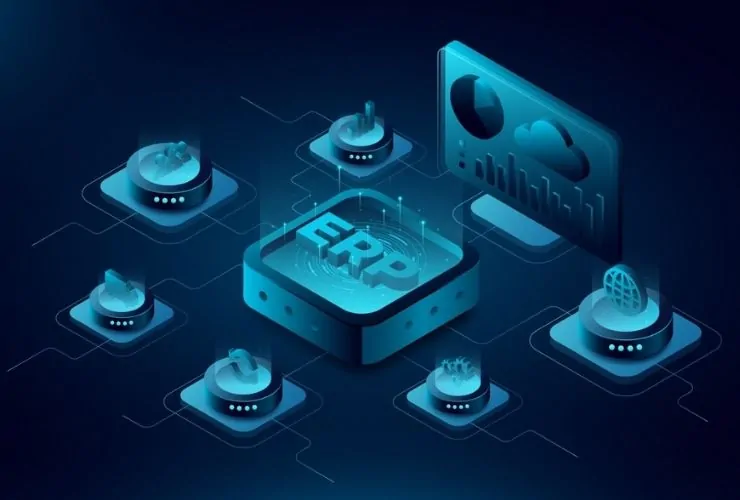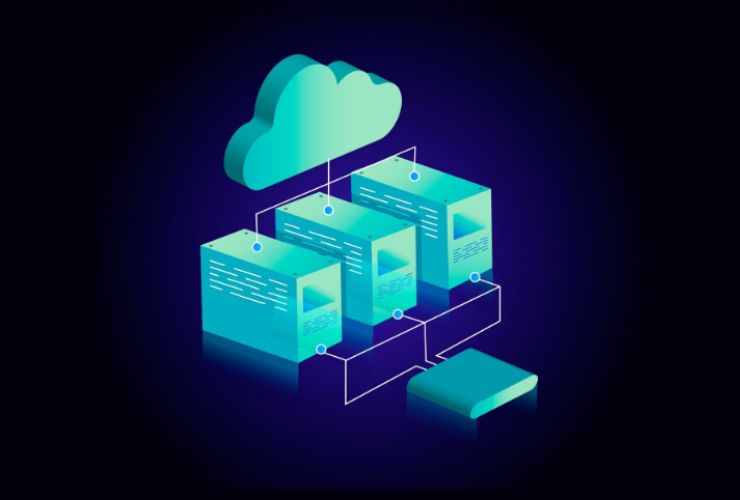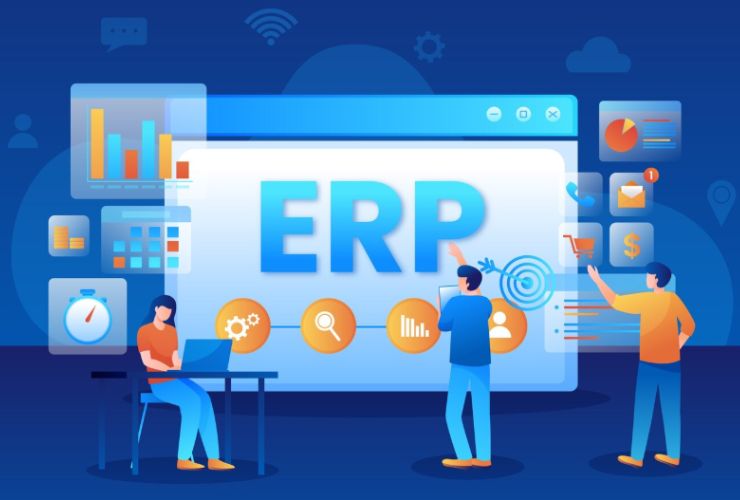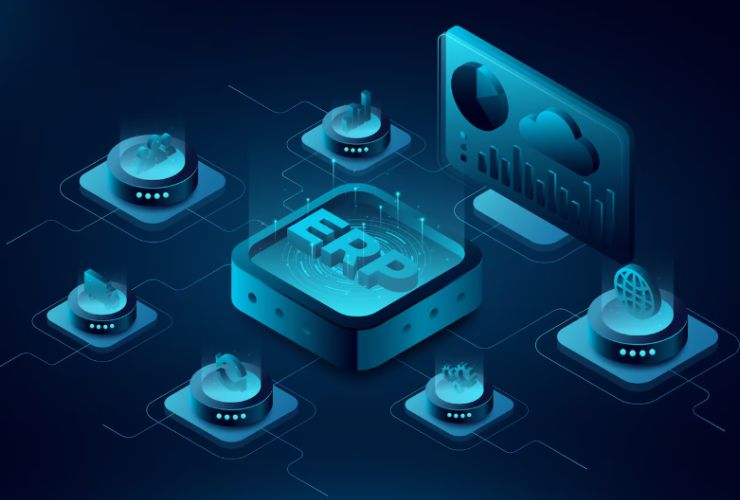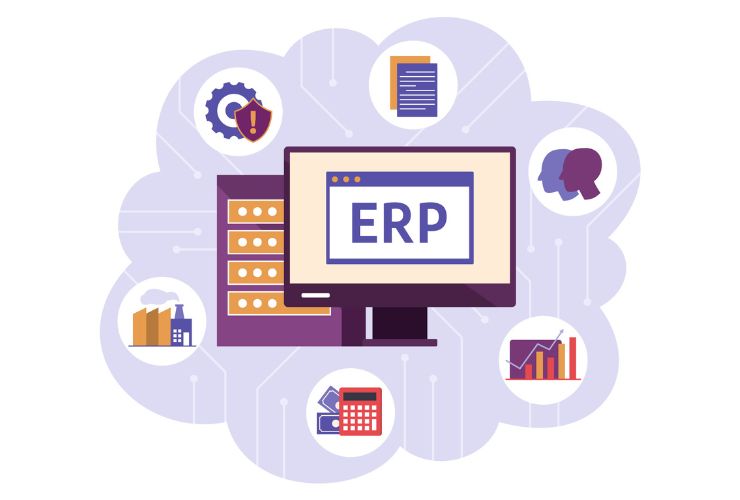In the present, fast-moving business landscape, large enterprises rely on ERP (Enterprise Resource Planning) systems to optimize their operations across finance, supply chain, HR, and customer-facing roles. These enterprises have multiple systems, departments, and legacy apps, increasing the importance of ERP system integration as a key driver of business efficiency and growth.
The aim of this article is to describe successful ERP system integration strategies for large enterprises by discussing practices that encourage workflow optimization, data fidelity, and scalability.
1. Conduct an Enterprise-Wide Audit of the Systems in Use
Before integrating ERP systems, an organization should understand its existing IT landscape.
Benefits:
- Eliminate redundant systems and data silos.
- Explore interoperability between an organization’s legacy applications and ERP platform.
- Understand the mission-critical data and processes that require integration.
Use Case: A global manufacturing organization conducts an audit of its supply chain, inventory, and finance systems to ensure an efficient ERP system integration.
Strategy Tip: Document all data sources and processes to eliminate duplication and ensure a seamless transition to the ERP platform.
2. Specify Clear Integration Goals
Define measurable ERP integration goals that correctly align with your business priorities.
Benefits:
- Align integration activities with business priorities.
- Provide stakeholders with clarity about the outcomes we want to achieve.
- Focus invasions on business priorities with the highest impact, such as finance or inventory or customer data.
Example: A retail company wants to integrate its ERP and CRM system to have a complete view of customer interactions.
Strategy tip: Use KPIs such as process efficiency, date accuracy, and reductions in costs to measure the integration outcome.
3. Select the Appropriate Integration Strategy
For large organizations, there are different approaches to connect the ERP systems.
1. Point-to-Point Integration: You would connect the ERP system with each system as a point-to-point connection. While this method would work for smaller increments, it is not scalable.
2. Middleware Integration: Use middleware platforms such as MuleSoft or Dell Boomi to facilitate data movement between the ERP system and other products.
3. API-Based Integration: API products exist for all modern cloud-based ERP systems that allow you to create flexible, scalable and real-time data integration.
Example: A global company uses API connectivity to connect their ERP with e-commerce, HR and supply chain systems to allow seamless and real-time data updates.
4. Concentrate on Data Quality and Standardization
Accurate reporting and operational effectiveness come from clean, standardized data.
Benefits:
- Removes duplicate or inconsistent records.
- Enables seamless migration between systems.
- Improves decision-making through credible analytics.
Use case: A business standardizes financial data, product codes, and customer IDs before merging ERPs with inventory and CRM systems.
Strategy Tip: Develop data governance policies to maintain the quality of data in the long run.
5. Use a Phased Approach to Integration
Enterprise systems integrations can be cumbersome and complex. A phased approach reduces risk.
Benefits:
- Limits disruption to operations.
- Enables testing and validation at each phase.
- Gradually prepares employees to properly implement new processes.
Use case: The business first rolled out the integration for finance, followed by for supply chain, and finally for customer service.
6. Focus on Safety and Compliance
With ERP integration, there is a great deal of sensitive data. Thus, safety and compliance are of significant importance.
Benefits:
- Safeguards endangered financial, human resources, and customer data.
- Ensures compliance with regulations like GDPR and HIPAA, as well as industry-specific laws.
- Creates confidence in stakeholders regarding the activities of integrated systems and processes.
Use case An enterprise in the health sector uses encryption, access mechanisms, and audit trails during the integrating of ERP systems.
7. Utilize Cloud or Hybrid Solutions
Modern organizations are now able to use ‘cloud-based’ ERP or hybrid ERP integrations. Here’s why:
Benefits:
- Scalability that can accommodate growth of your operations.
- Real-time, anytime data access.
- Infrastructure costs that are less than on-premise solutions.
Use-case example: A global logistics organization integrates cloud ERP with their regional warehouses and legacy on-premise systems to facilitate real-time inventory management.
8. Train staff and foster adoption
Even the best ERP integration is unsuccessful without adoption by the user group.
Benefits:
- Helps ensure employees can effectively use the newly integrated systems.
- Helps prevent operational errors that occur from not knowing workflows.
- Helps ensure a good return on investment on your ERP acquisition.
Technique Tip: Hold trainings, develop documentation, and provide ongoing support.
9. Monitor, optimize, and grow.
ERP integration is a continuous process. Monitoring the progress of your integration can help ensure successful long-term adoption through identification of weak points and tweaking processes.
Benefits:
- Identifying bottlenecks and inefficiency.
- Process optimization and automating repetitive tasks.
- Growing integration as new systems, disciplines, or business units are added.
Use-case example: An enterprise develops dashboards to proactively track ERP performance issues such as order processing time, inventory accuracy, and financial reporting time.
Conclusion
Effective ERP integration strategies help large enterprises streamline operations, improve data accuracy, and boost business growth. By conducting a system audit, defining clear objectives, leveraging the right integration approach, and prioritizing data quality, enterprises can achieve a seamless, scalable, and secure ERP ecosystem.
With phased implementation, cloud solutions, strong security, and ongoing monitoring, ERP integration becomes a powerful enabler of digital transformation, driving efficiency, profitability, and long-term enterprise success.

